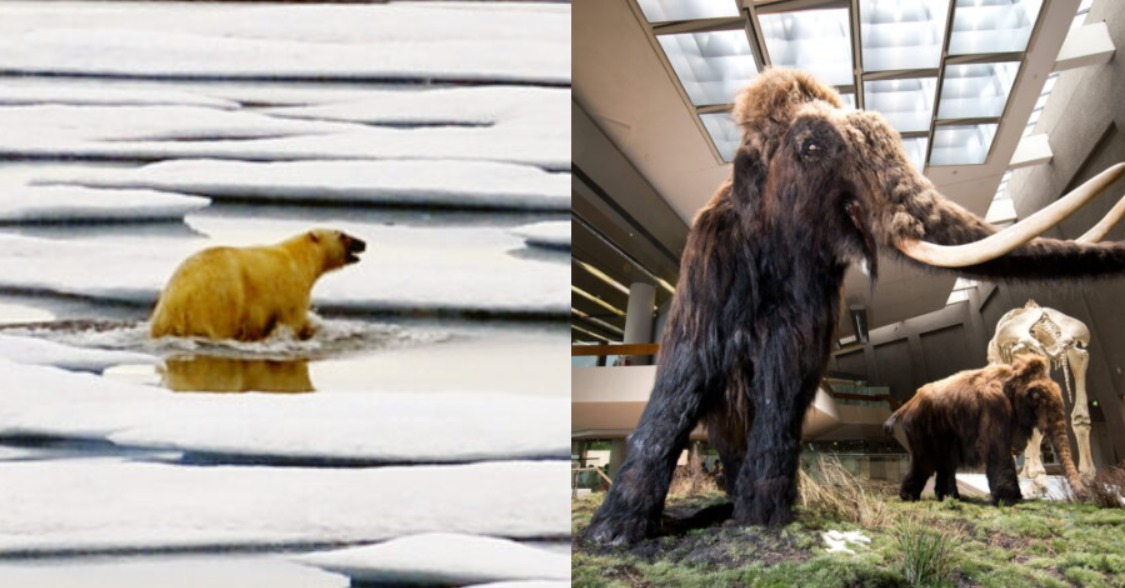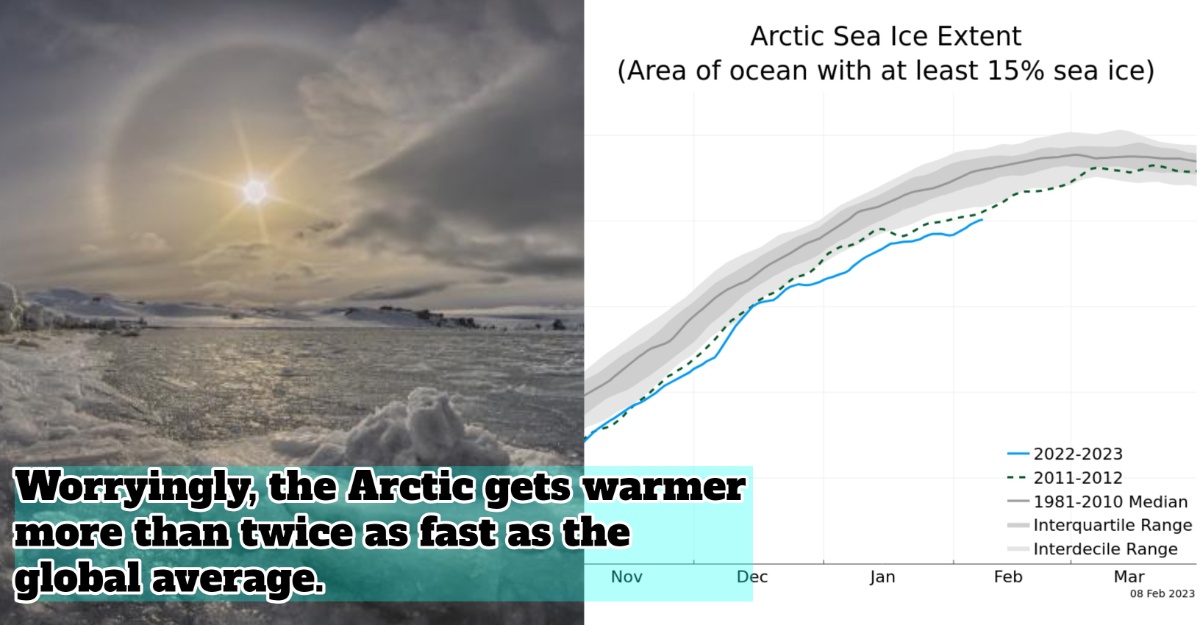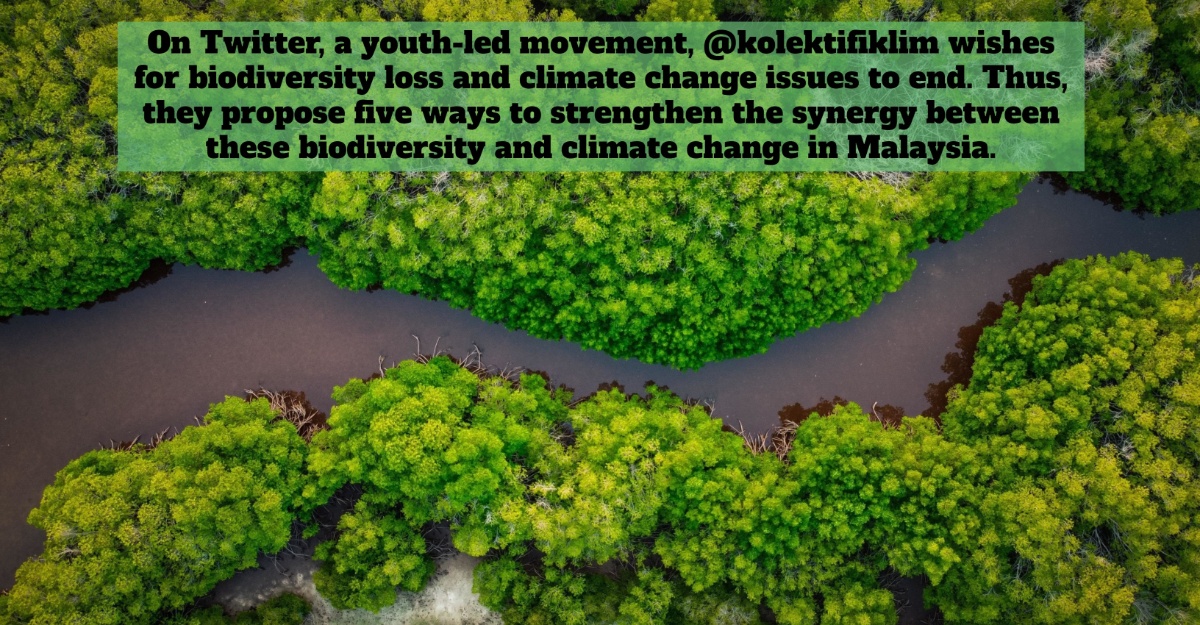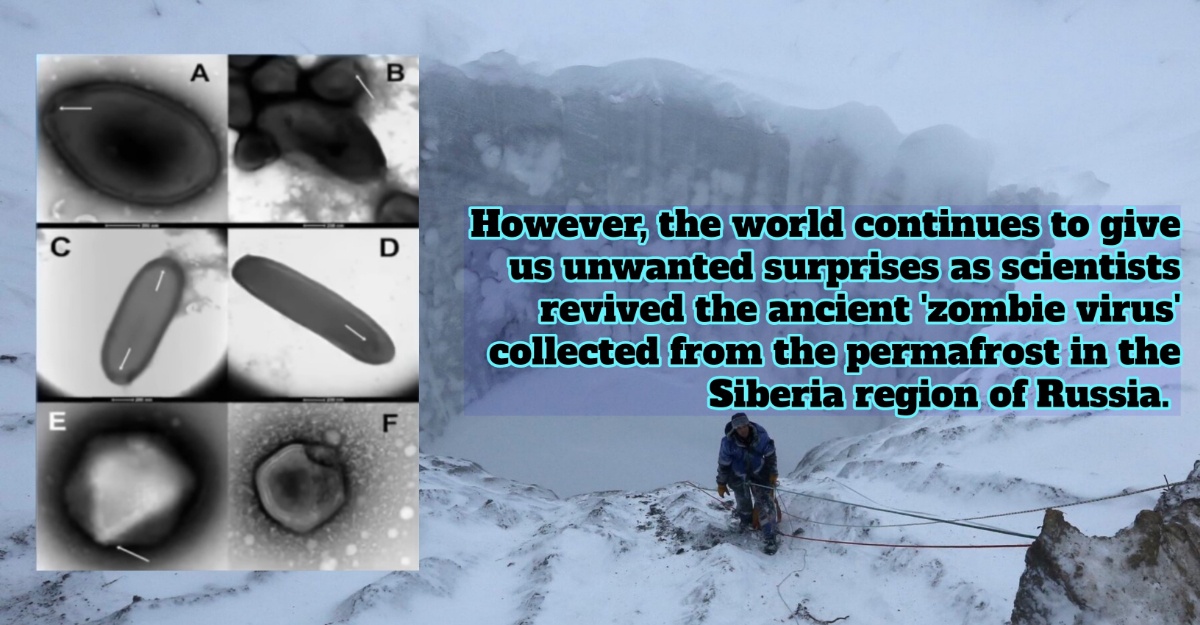Earlier studies suggested that climate change was responsible for mammal extinctions – in particular for the extinction of megafauna such as woolly rhinos and mammoths 12, 000 years ago. But a new study has found this doesn’t appear to be the case. The truth is, the arrival of humans to Australia around 65, 000 years ago and to America around 24,000 years ago looks to be the cause for 96% of mammal extinctions.

A study shows similar results can be found in Madagascar and the Caribbean, with animal extinction rates increased magnificently right after the arrival of the first humans.
“Based on current trends, we predict for the near future a rate escalation of unprecedented magnitude,” noted the study’s team of researchers from Sweden, Switzerland, and the UK.
They also predict that around 558 species could be lost in the next 100 years which will be the highest spike in extinction rates since no-avian dinosaurs disappeared 66 million years ago.
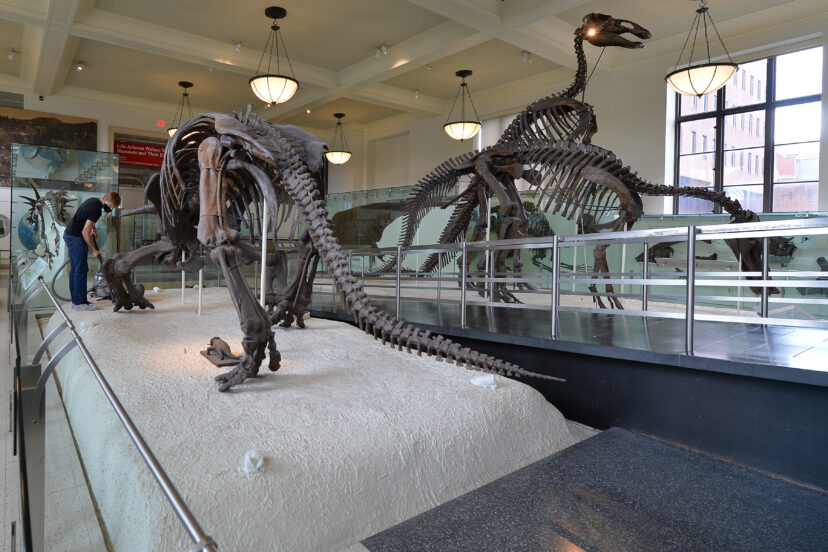
Current Extinction rates are now 1,700 times higher than those at the beginning of the Late Pleistocene era 126, 000 years ago. This contradicts the results of earlier, climate change was the reason. “Predictors based on past climate, perform no better than expected by chance, suggesting that climate had a negligible impact on global mammal extinctions,” the study states.
Daniele Silvestro, co-author said, the team found ‘essentially no evidence for climate-driven extinctions’ after they had compiled a large data set of fossils.
Silvestro did warn that climate change poses other, more unique threats to animals by saying, “Together with fragmented habitats, poaching, and other human-related threats, it poses a large risk for many species,”.

Professor Samuel Turvey at the Zoological Society of London, also a co-author of the study, said that it is now ‘essential’ to ‘reconstruct our past impacts on biodiversity’ in order for us to understand why some species have been particularly vulnerable to human activities.
Turvey hopes that this can allow them to develop more effective conservation actions to combat extinction.
Source: Unilad
















